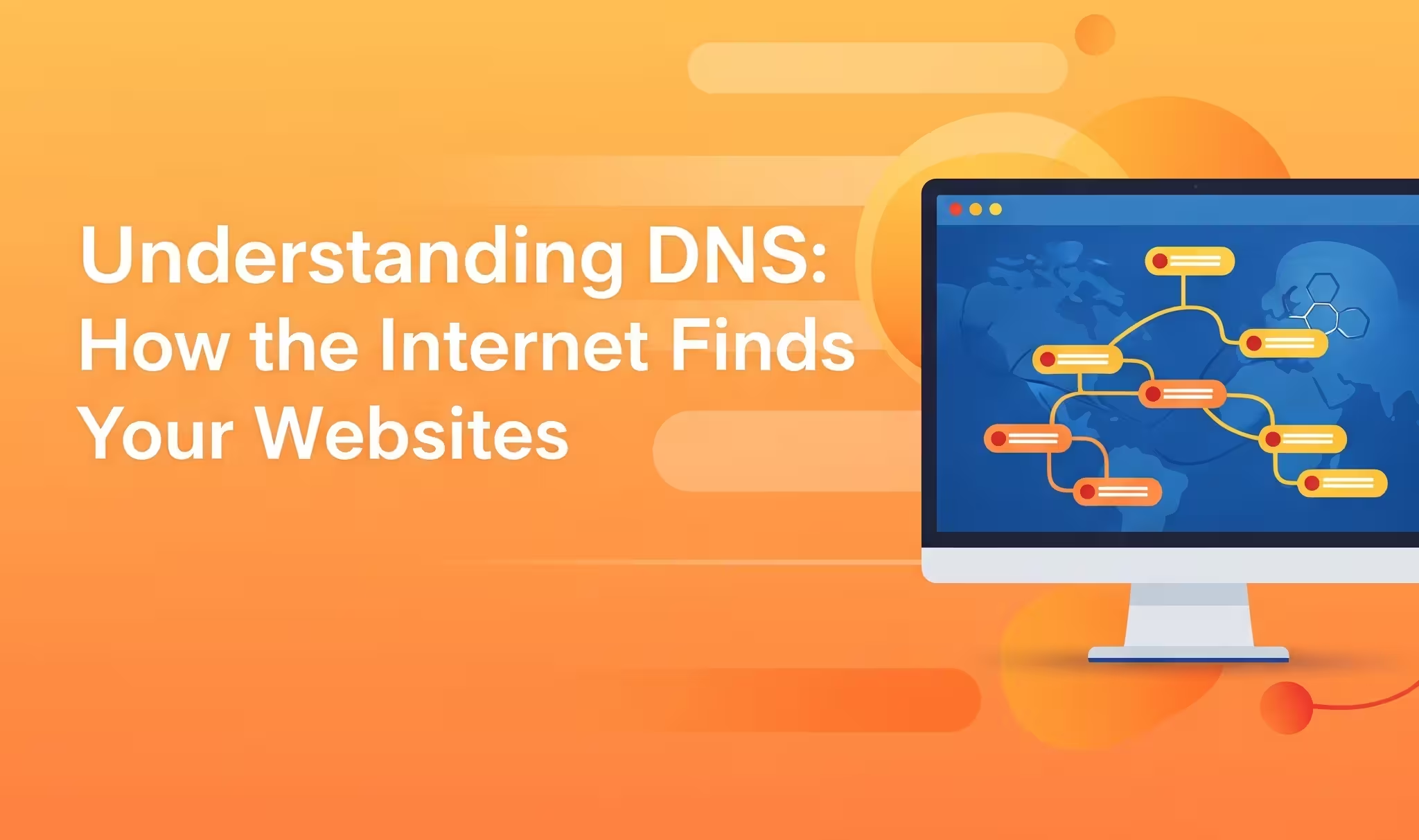
What is DNS and How It Works (Step-by-Step Guide for 2025)
By Salim Khudayfah, Network Privacy Expert (10+ years) | May 10, 2025

Imagine typing
google.com into your browser and seeing a blank page because you'd need to remember 142.250.189.206 instead. That’s life without DNS which stands for Domain Name System, the internet’s phonebook. Every second, DNS handles billions of requests, converting human-readable domain names into machine-readable IP addresses.🔍 What You’ll Learn
- What DNS is and why it matters
- How DNS works (step-by-step)
- Most common DNS issues (and how to fix them)
- DNS security best practices for 2025
📘 What is DNS?

DNS stands for Domain Name System. It’s a decentralized, hierarchical system that maps domain names (like insta-ip.com) to IP addresses (like
192.168.1.1). Without DNS, browsing the internet would require memorizing long strings of numbers.🧱 Key Components of DNS
| Component | Description |
|---|---|
| Domain Name | A human-friendly website name (e.g., facebook.com) |
| IP Address | Numeric identifier for a device (e.g., IPv4 or IPv6) |
| DNS Server | Servers responsible for resolving domain queries |
⚙️ How DNS Works: Step-by-Step

DNS resolution happens in milliseconds. Here’s how it works behind the scenes:
- Browser Cache Check
Your browser checks if it already knows the IP address. - Operating System Cache
If not in the browser, your OS looks it up from its DNS cache. - DNS Resolver Query
If still not found, your device contacts a DNS resolver (e.g., 8.8.8.8). - Root Name Server
The resolver queries a root server to find the TLD (.com, .net, etc.). - TLD Name Server
The TLD server points to the domain’s authoritative name server. - Authoritative Name Server
This server returns the final IP address. - Response & Cache
The resolver caches the result and sends it to your browser.
🧾 Common DNS Record Types
| Record Type | Purpose | Example |
|---|---|---|
| A | Maps domain to an IPv4 address | insta-ip.com → 192.168.1.1 |
| AAAA | Maps domain to an IPv6 address | insta-ip.com → 2606:4700::6812:2301 |
| CNAME | Alias of another domain | www.insta-ip.com → insta-ip.com |
| MX | Mail server destination | insta-ip.com → mail.server.com |
| TXT | Text data (e.g., SPF, DKIM) | v=spf1 include:_spf.google.com ~all |
| NS | Lists authoritative name servers | insta-ip.com → ns1.provider.com |
🚨 Common DNS Issues & How to Fix Them
1. DNS Propagation Delay
Issue: DNS updates take up to 48 hours to propagate.
Fix: Use insta-ip.com to monitor global propagation.
Fix: Use insta-ip.com to monitor global propagation.
2. DNS Cache Poisoning
Issue: Hackers manipulate cache to mislead users.
Fix: Enable DNSSEC for domain-level DNS integrity.
Fix: Enable DNSSEC for domain-level DNS integrity.
3. DNS Server Downtime
Issue: Resolver or authoritative server goes offline.
Fix: Use multiple DNS providers (e.g., Cloudflare + Google DNS).
Fix: Use multiple DNS providers (e.g., Cloudflare + Google DNS).
4. Misconfigured Records
Issue: Mistyped or incorrect records cause service failures.
Fix: Validate all DNS records using insta-ip.com/dns-check.
Fix: Validate all DNS records using insta-ip.com/dns-check.
🛡️ DNS Security Best Practices (2025)
- ✅ Enable DNSSEC: Prevents spoofing and forgery.
- ✅ Use DNS Filtering: Block malicious websites.
- ✅ Monitor DNS Logs: Use tools like Wireshark to spot suspicious activity.
- ✅ Avoid Public DNS for Sensitive Use: Use trusted providers and encrypted DNS (e.g., DoH or DoT).
Conclusion
DNS is the unsung hero of the internet, quietly translating domain names into IP addresses billions of times daily. By understanding how it works and adopting modern security practices, you can optimize your browsing experience and protect against threats.
